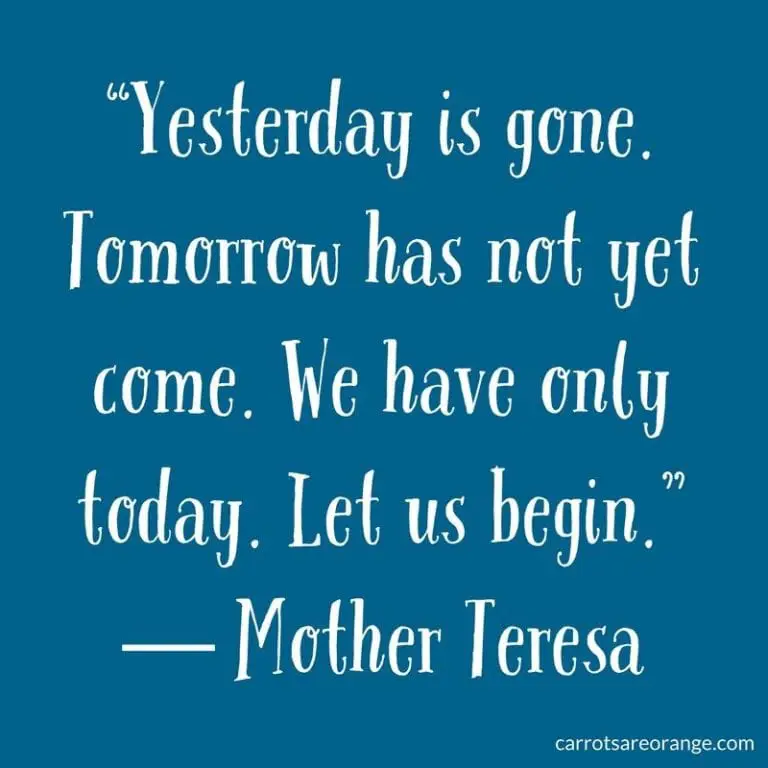The purpose of this Montessori history work is to introduce the calendar as a tool to track the passage of time. A linear calendar is the perfect representation of time for young children. A linear calendar is hands-on and concrete, creating a visual timeline for children to truly begin to understand the concept of time.

I love this work for an early childhood classroom. Linear calendars give children a concrete way to visualize the passage of time. The fun part is that teachers (and kids) can be creative in the presentation. The presentation is hands-on and should involve the children. You can include simple calendar pages, or get even more creative with monthly themes and concrete objects such as rocks.

Introduce Time with a Linear Calendar Montessori Lesson
- “Today we are going to begin using a calendar. A calendar helps us track the time go by.”
- Introduce the calendar page for that day.
- “Today is 1st day of November.” Point out the “1” and the word “November” on the calendar page. “There are 30 days in November. Each day we will tape another page from our calendar onto the wall until we have all 30 pages – one for each day of the month – on our wall.”
- At the end of the month, count all the days taped onto the wall.
- You can easily create your own with a daily calendar from which you pull and tape to a wall to visually represent time. A desktop calendar and a wall calendar work well, too.
- You can introduce the day of the week here, too. “Today is the first day of November but it is Tuesday. Can you say “Tuesday”?” Point out the word “Tuesday” on the calendar page. “The first day of November is on a Tuesday.”
- You can introduce weather in this lesson, too. “Before we tape our calendar page onto the wall, let’s observe the weather and make a note of it on our calendar.” At the end of the month, count up the number of sunny, rainy, cloudy, etc. days that occurred during the month. There are many extensions with this lesson including taking all the pages at the end of the year, taping them together, and creating a school year timeline.
- Add special events as you move through the calendar.
Pro Tip: Make it relevant, interactive, and real. Use real images from the child’s learning & life environment. Is it a child’s birthday? Adhere a picture of that child on his day.

